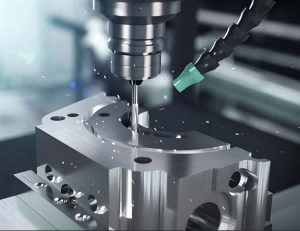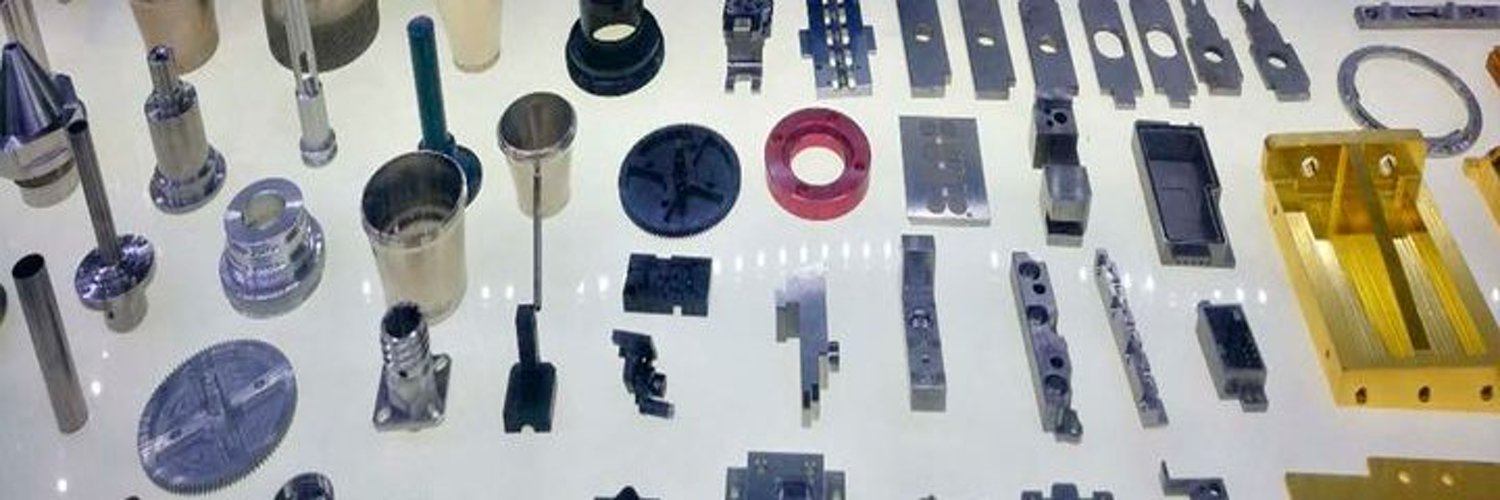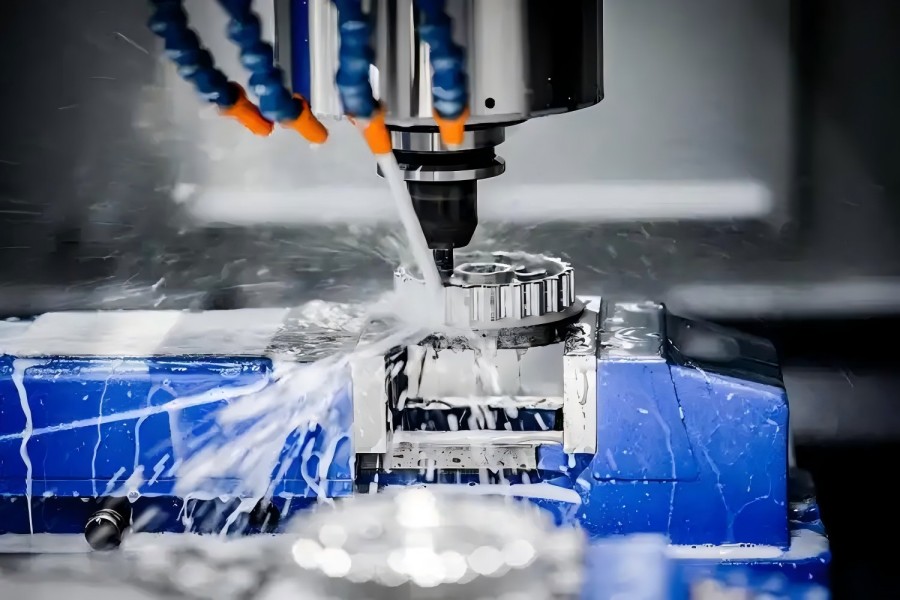News Categories
Contact Us
020-86988980
- Guangzhou Sinoth Import and Export Co., LTD
Tel: 020-8968-8980
Website:www.gzsynoth.com
Email: belinda@dginfa.com(24 hours online)
Phone: +86 189 2740 6786
Address: No 5, Jinshi Three Street, Shiling Town, Huadu District,Guangzhou City, Guangdong Province
News
Current Location:Home > News > News
Prototyping in Custom Manufacturing
Add Time:2025-05-26
Prototyping is a critical phase in custom manufacturing that bridges design concepts with full-scale production. It allows manufacturers and clients to validate designs, test functionality, and identify potential improvements before committing to expensive production tooling and processes.
Types of Prototypes in Custom Manufacturing
First. Visual Prototypes
- Focus on appearance rather than functionality
- Used to evaluate form, aesthetics, and ergonomics
- Often made from inexpensive materials like foam or 3D printed plastic
 Second. Functional Prototypes
Second. Functional Prototypes
- Demonstrate how the product will work
- Test mechanical properties and performance
- Typically made with similar materials to final product
Third. Pre-Production Prototypes
- Nearly identical to final product
- Used for final verification before mass production
- Often produced using actual production methods
Common Prototyping Methods
Rapid Prototyping Technologies
- 3D Printing (Additive Manufacturing): FDM, SLA, SLS for quick plastic parts
- CNC Machining: For precise metal or plastic prototypes
- Vacuum Casting: For small batches of urethane prototypes
- Rapid Tooling: For prototype injection molds
Traditional Methods
- Hand-crafted prototypes by skilled artisans
- Manual machining and fabrication
- Soft tooling for limited runs
Benefits of Prototyping in Custom Manufacturing
. Design Validation: Verify concepts before full production
. Function Testing: Identify mechanical or operational issues early
. Cost Reduction: Catch problems when they're cheaper to fix
. Stakeholder Alignment: Get feedback from clients, users, and investors
. Manufacturing Process Verification: Test production methods
Prototyping Process Flow
. Requirements definition
. Concept development
. Prototype design
. Prototype fabrication
. Testing and evaluation
. Design iteration
. Final prototype approval
Challenges in Prototyping
- Balancing speed, cost, and accuracy
- Selecting appropriate prototyping methods
- Managing expectations between prototype and production versions
- Iteration time and cost constraints
Industry Applications
Prototyping is essential across custom manufacturing sectors including:
- Automotive components
- Medical devices
- Consumer products
- Industrial equipment
- Aerospace parts
As manufacturing technologies advance, prototyping has become faster and more cost-effective, enabling more iterations and better final products in custom manufacturing scenarios.
Types of Prototypes in Custom Manufacturing
First. Visual Prototypes
- Focus on appearance rather than functionality
- Used to evaluate form, aesthetics, and ergonomics
- Often made from inexpensive materials like foam or 3D printed plastic

- Demonstrate how the product will work
- Test mechanical properties and performance
- Typically made with similar materials to final product
Third. Pre-Production Prototypes
- Nearly identical to final product
- Used for final verification before mass production
- Often produced using actual production methods
Common Prototyping Methods
Rapid Prototyping Technologies
- 3D Printing (Additive Manufacturing): FDM, SLA, SLS for quick plastic parts
- CNC Machining: For precise metal or plastic prototypes
- Vacuum Casting: For small batches of urethane prototypes
- Rapid Tooling: For prototype injection molds
Traditional Methods
- Hand-crafted prototypes by skilled artisans
- Manual machining and fabrication
- Soft tooling for limited runs
Benefits of Prototyping in Custom Manufacturing
. Design Validation: Verify concepts before full production
. Function Testing: Identify mechanical or operational issues early
. Cost Reduction: Catch problems when they're cheaper to fix
. Stakeholder Alignment: Get feedback from clients, users, and investors
. Manufacturing Process Verification: Test production methods
Prototyping Process Flow
. Requirements definition
. Concept development
. Prototype design
. Prototype fabrication
. Testing and evaluation
. Design iteration
. Final prototype approval
Challenges in Prototyping
- Balancing speed, cost, and accuracy
- Selecting appropriate prototyping methods
- Managing expectations between prototype and production versions
- Iteration time and cost constraints
Industry Applications
Prototyping is essential across custom manufacturing sectors including:
- Automotive components
- Medical devices
- Consumer products
- Industrial equipment
- Aerospace parts
As manufacturing technologies advance, prototyping has become faster and more cost-effective, enabling more iterations and better final products in custom manufacturing scenarios.



